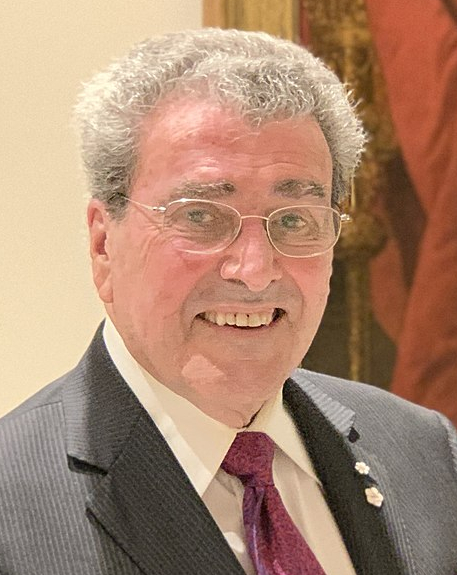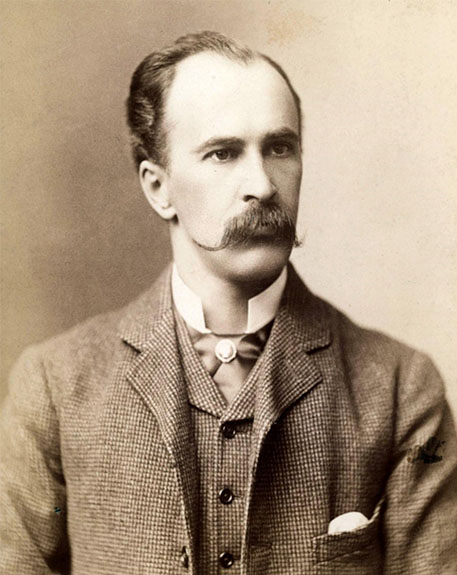2010 INDUCTEE William A. Cochrane, MD Leadership in Organizational Development, Health and Medical Education & Training, Health Policy, Diabetes
March 18, 1926
(Toronto, Ontario)
October 6, 2017
MD, University of Toronto (1949)
2007: Albert Order of Excellence
1992: 125th Anniversary of the Confederation of Canada Medal
See All AwardsAwards & Honours:
2007: Albert Order of Excellence
1992: 125th Anniversary of the Confederation of Canada Medal
1991: Honorary DSc, Acadia University
1989: Officer of the Order of Canada
1982: Honorary LLD, Dalhousie University
1983: Honorary LLD, University of Calgary
1977: Queen Elizabeth II Silver Jubilee Medal
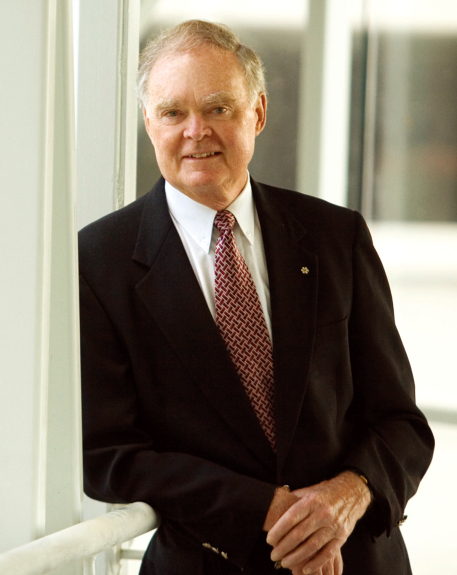
Established the Faculty of Medicine at the University of Calgary
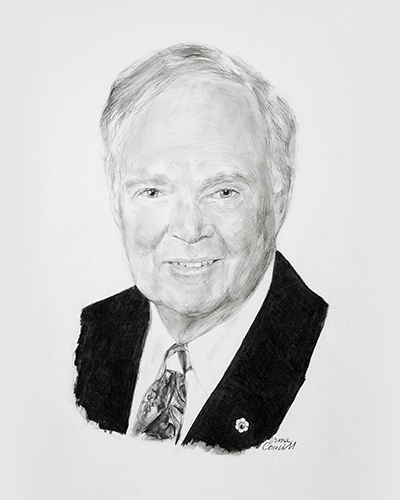
A visionary leader and builder in medicine and medical education
Inspired by his family physician, Dr. Cochrane chose to enter medicine in 1944 and pursued a career in pediatrics because of his affinity for working with families and their sick children. As a pediatrician, he fostered a strong interest in diabetes research, which led to the development of new diagnostic tests to identify and treat diabetes patients with varied needs. As a strong believer in the power of education, Dr. Cochrane was lured towards an academic career, first at Dalhousie University and next at the University of Calgary where he established U of C’s medical school. Never far from centres of innovation, Dr. Cochrane later moved into the government and then private sector where he continued his visionary leadership.
Key Facts
Established one of only two three-year MD training programs in North America
Became an honorary Medicine Chief of the Stoney First Nations Band at Morley, Alberta due to his interest in helping First Nations communities
Sat on 30 Boards of corporations ranging from biotechnology to real estate, in addition to being a dedicated community leader
Named one of 100 Alberta Physicians of the Century
Inducted into the Biotechnology Hall of Fame by the BioAlberta Association
Professional timeline
Impact on lives today
Thanks to the visionary leadership of Dr. Cochrane, thousands of individuals have access to a medical school that combines innovative curriculum, with a focus on rural health and attention to matters that impact the health of Indigenous peoples. The University of Calgary’s medical school now claims seven world-class research institutes and more than 7,400 alumni (as of 2021) and counting. In addition, Dr. Cochrane’s scientific excellence continues to be felt in the lives of the many people who suffer from diabetes.
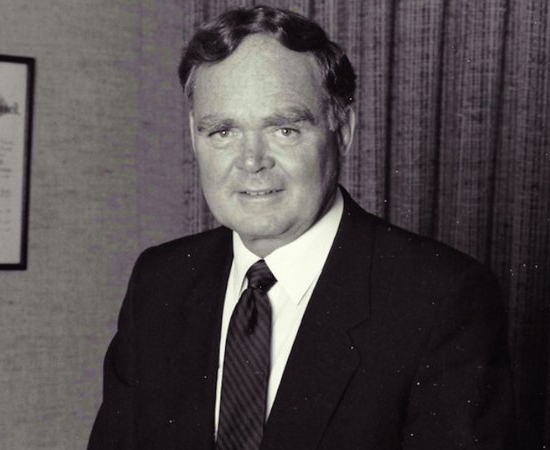
2010
-
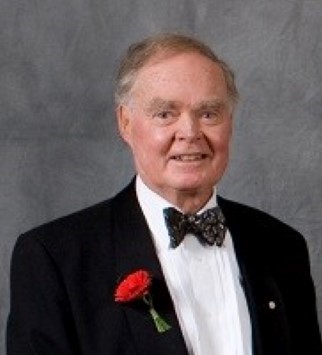
William A. Cochrane inducted into the Canadian Medical Hall of Fame
Calgary, Alberta
-
Dr. Cochrane moved into the realm of business as Chairman and CEO of Connaught Laboratories
Leadership in Organizational DevelopmentAt Connaught, he championed a new strategy for the company that focused on genetic engineering.
-

Dr. Cochrane became President of the University of Calgary
Leadership in Organizational DevelopmentAs president, he established the Faculties of Humanities and Law.
-
Dr. Cochrane became Alberta’s Deputy Minister of Health
Leadership in Organizational Development, Health PolicyThis interlude from the University of Calgary was brief and by the following year he was back at the University of Calgary.
-
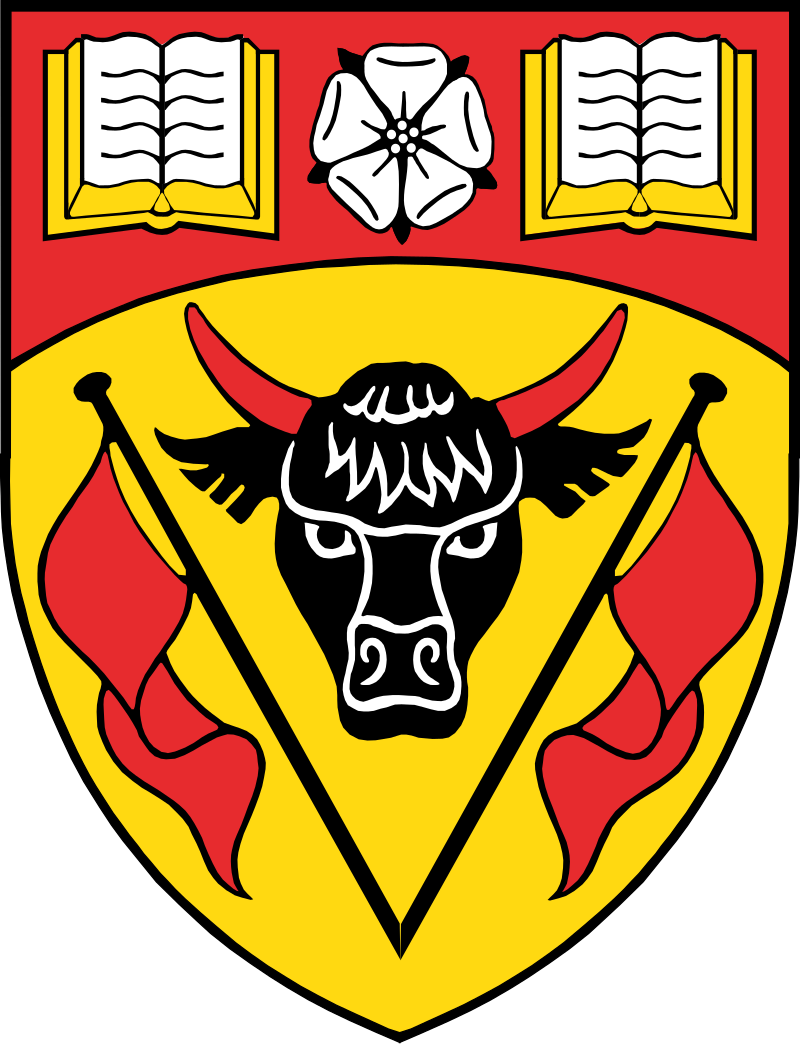
Driven by a desire for new challenges, Dr. Cochrane left the Maritimes with a mandate, but limited resources, to develop a medical school at the University of Calgary
Health and Medical Education & TrainingAttracted by the opportunity to start afresh, he introduced a systems-based approach to teaching medicine and began one of only two three-year MD training programs in North America.
-
Dr. Cochrane secured funding and government support for the new Children Hospital in Halifax.
The Isaac Walton Killam Hospital for Children opened 1970.
-

Dr. Cochrane shifted his focus and accepted an academic position at Dalhousie University.
While in Halifax, he initiated the first Cystic Fibrosis clinic in the Maritimes and formed the Atlantic Research Centre for Mental Retardation. In 1963, Dalhousie appointed Dr. Cochrane as Physician-in-Chief of the Children’s Hospital.
-
Returning to Toronto, Dr. Cochrane began his pediatric practice in an office in a drugstore across from the Toronto East General Hospital.
He also continued his affiliation with Sick Children’s Hospital and was appointed to their medical staff.
-
Dr. Cochrane chose to pursue his growing interest in paediatric sub-specialization.
In 1953, he became a research fellow at the Cincinnati Hospital and the following year moved to Ormond Street Children’s Hospital in London. His research interests led to the development of an acetone tolerance test to diagnose glycogen storage disease of the liver (1953) and to the Cochrane (L-leucine) test in 1956.
-

After graduating medical school, Dr. Cochrane completed an internship in paediatrics.
He then became a resident in pediatrics at the Hospital for Sick Children and soon rose to the position of Associate Chief Resident.
1949
I like seeing something be accomplished.

